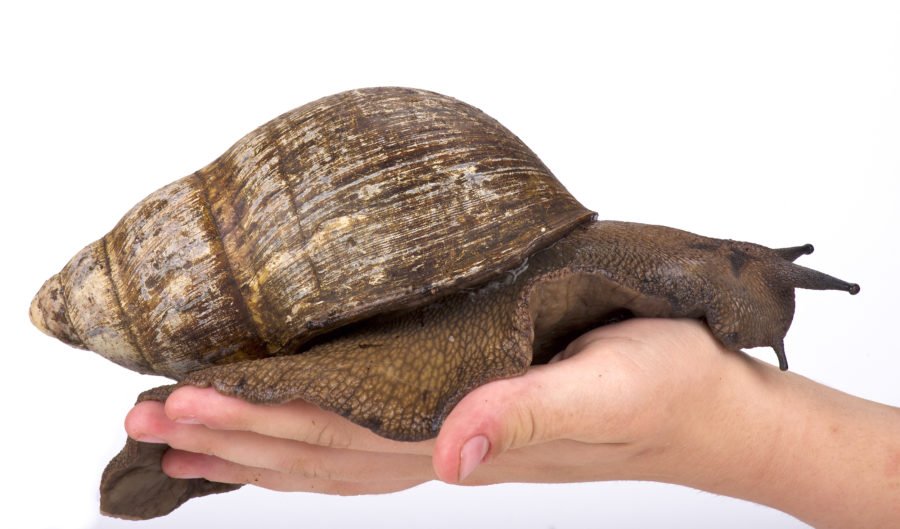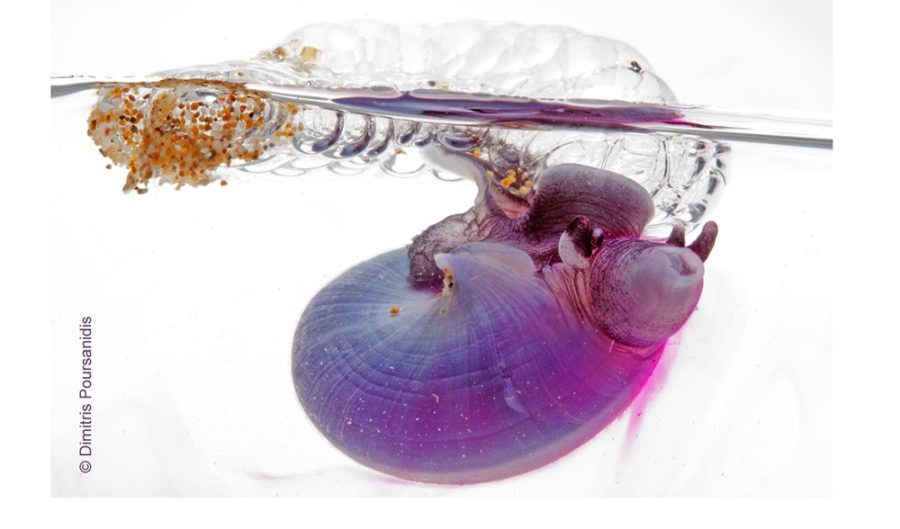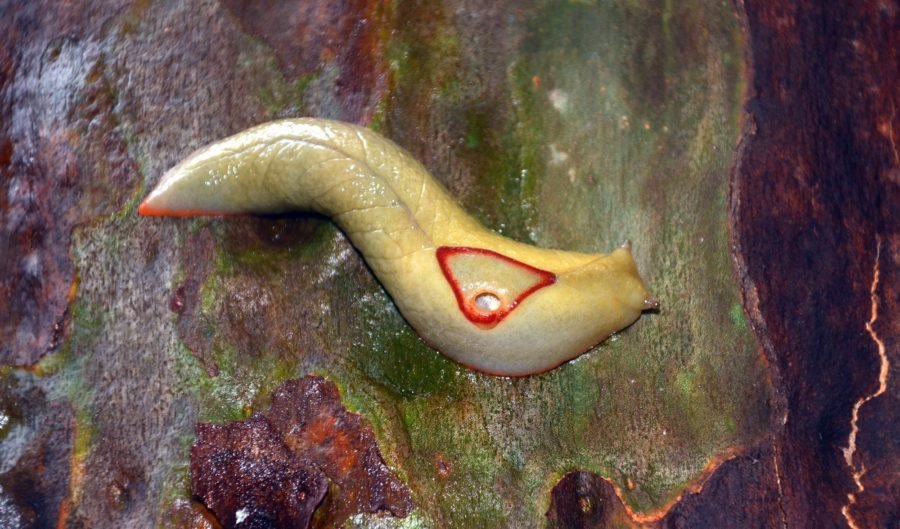Biosecurity experts tell Australians to keep an eye out for giant snails

Biosecurity experts have urged Australians to keep an eye out for smelly and invasive disease-carrying snails with a massive appetite.
The Giant African Snail is one of the nation’s priority plant pests and one of the world’s most invasive species.
If the hand-sized slug was to establish itself it could be a risk to more than 500 plant species, the Department of Agriculture says.
This includes most vegetables, legumes, ornamental and native plants, banana, citrus and tree bark.
“It is a significant threat to many of our valuable industries, our environment and even human health,” Australian Chief Plant Protection Officer Gabrielle Vivian-Smith said on Friday.
The exotic pests can carry pathogenic bacteria and parasites that can be transmitted if handled with bare hands or eaten.
They have been linked with the spread of several harmful crop diseases.
Biosecurity officers warn they’re finding more and more of the potentially damaging snails at border entry points.
They stopped 28 Giant African Snails in 2020, up from 18 in 2019.
“The interceptions were made in a variety of imported cargo and at different locations across the country at the border,” Dr Vivian-Smith said.
“It does pose a real risk for us”.
The department said it was hard to estimate the financial impact the snail could have on Australia if it got in.
“But, it would likely lead to both direct crop production losses as well as increased costs of pest control,” a spokesman said.
“It may also impact upon native species.”
It is also a significant threat to the country’s vegetable industry, which is valued at over $4 billion.
Unlike smaller hitchhiker pests, the Giant African Snail is reasonably easy to detect.
It’s six times larger than the common garden snail and its shell can be up to 20cm long.
But it’s difficult to eradicate and has had a significant impact on farms and natural ecosystems in many countries.
Originally from East Africa, the snail has now spread to Asia, Africa, North America, Central America, the Caribbean, South America and Oceania.
Sometimes it arrives in countries accidentally as a stowaway in freight but many are also deliberately imported by people, who keep them as a novelty pet.
And, in the right climate, snails that escape can become widespread.
They also emit an offensive smell when numbers build-up.



